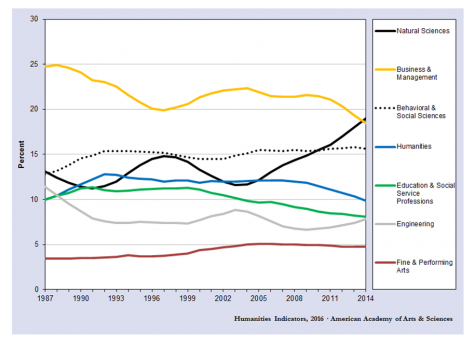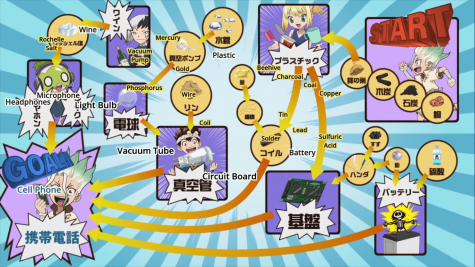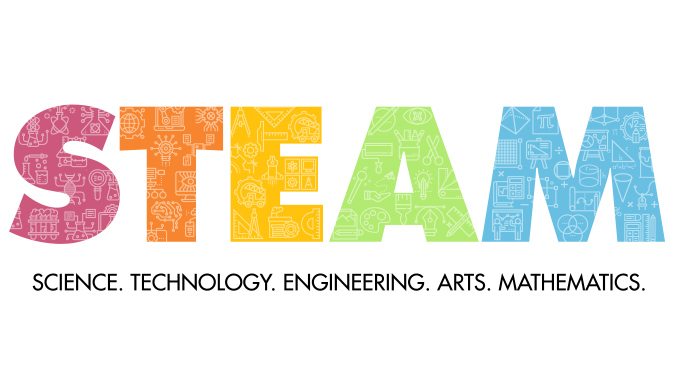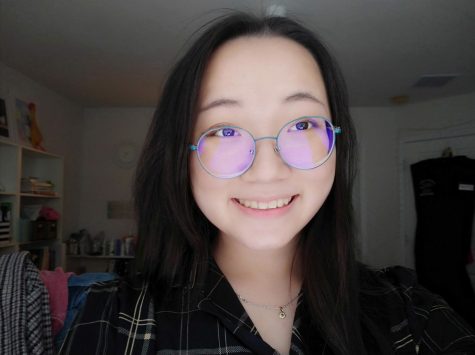STEAM– What Role Does Art Play in STEM?
April 10, 2020
More than a few decades ago, the STEM movement was being pushed and introduced in an effort to produce employable American youth as well as prepare them for the increasingly more technological world. Even now, this is still true and has become the reality of many. In a study done by the American Academy of Arts and Sciences in 2016, the percentage of Fine & Performing Art majors hovered around 5% and the percentage of Humanities majors has slowly declined to 10% whereas the percentage of Natural Sciences majors fluctuated and then rose to about 20%, the percentage of Behavioral and Social Sciences majors hovered near 15% and the percentage of Engineering majors neared 7%. The popularity of STEM majors has been rising quickly, leaving the arts and humanities behind.

Graph of majors done by the American Academy of Arts & Sciences
Students today are encouraged to go into the STEM field because a career in the Arts or Humanities field is less profitable or employable, and unfortunately, there is some degree of truth in there. In our technological world, there is a higher demand for STEM majors to come out with new prototypes or models, to create new medicines, to build new technological innovations, and etc. In fact, according to PayScale, the top 10 highest paying majors are all from the STEM and business fields. However, these statements about the arts and humanities being unprofitable are all made under the assumption that the arts and humanities and STEM are two separate entities, ones that cannot integrate. This couldn’t be farther from the truth.
Art is the opposite of STEM.
I’m sure we’ve all had this thought at some point in our life. Perhaps some of you may still think like this. STEM is typically viewed as a rigid being that’s filled with facts and formulas whereas the arts are viewed as very fluid with no bounds or limits. The arts are a creative field, but so is STEM. Engineers, researchers, programmers, mathematicians, etc. are forced to think creatively in their occupations all the time. How can we make this program run more efficiently? How should we build this model? How can I communicate these scientific ideas clearly?
The arts fuel creative thinking and innovation which are crucial for STEM. From my personal experience, being heavily involved in painting, writing, and music have expanded my mind’s capabilities and aided me in my STEM endeavors later on. When I first began playing piano, I always wondered how such beautiful sounds and melodies were able to be produced from such a contraption. All the short stories I wrote late at night in elementary school and comic books I’ve made for my entertainment made me question how I could make learning about science more fun. Even some of the most famous scientific figures stood in both the arts and science fields. Leonardo da Vinci was a renowned painter as well as scientist and inventor. Nicholas Copernicus was not only a brilliant astronomer, he was also an artist. Albert Einstein was a scientific genius and a classical violinist. The freedom of self-expression in arts inspires creative communication and expression of ideas in STEM. Art and science are not opposites. As Mae Jemmison (the first African American female in space) said, “art and science are both avatars of human creativity”.
Rise of STEAM Movement
STEAM has become increasingly popular in recent years. There are many global and nation-wide organizations that are pushing for STEAM education such as STEAM for All, ThinkSTEAM, and many more.
The incorporation of art in STEM provides an additional area for non-traditional scientists to excel and flourish in the sciences. When I attended the NCWIT AIC ceremony in February 2020, I got to hear a woman talk about her work combining her passion for art with her passion for science. She created easy-to-read comic books that taught simple science topics to younger students. In one of her comics, she taught her readers about the planets in the solar system by depicting each planet as a living character and gave them characteristics/features that reflected those of the actual planets. She also discussed how she went to a medical convention where she met sculptors who sculpted large models of body parts or organs, which provided many medical professionals a fresh and interesting perspective on what they worked with daily.
First Bytes, a free all-girls computer science summer camp in UT Austin, delegates a project where students work with their group to code strings of lights placed in poster boards and sync them with a song of their choice using C++ and Arduino. The project allows students to unleash their artistic sides and their flowing creativity through programming. The First Bytes camp also gives students insight into different paths they could take through computer science, including combining linguistics with programming, art with programming, neuroscience with programming, etc. (A video showing my project at First Bytes is attached to this article)
Additionally, an anime series based entirely on the power and strength of science was also produced recently. Dr. Stone is an anime series that tells of a young teenage boy, Senku, who had been petrified for over 3000 years by a mysterious green light that also petrified the entirety of the human race. Being one of the few to break out of the petrification, Senku’s goal is to bring humanity back to where it was 3000 years ago through re-developing mankind’s greatest technological innovations, step by step, in just a few years. Senku has a wide range of knowledge in all areas of science which make his goals possible. Although some parts of the show regarding the speed of the re-development of some innovations may be a little unrealistic, the science is all true and real and is incredibly captivating.

Dr.Stone Cell Phone Diagram
STEAM provides new ways we can utilize technology and art in our future. There are endless opportunities for how we can combine art with science to impact our communities. The fluidity of self-expression and creation in the arts help fuel the technological and scientific innovations that continue to propel us further and further and push the limits of humanity.



